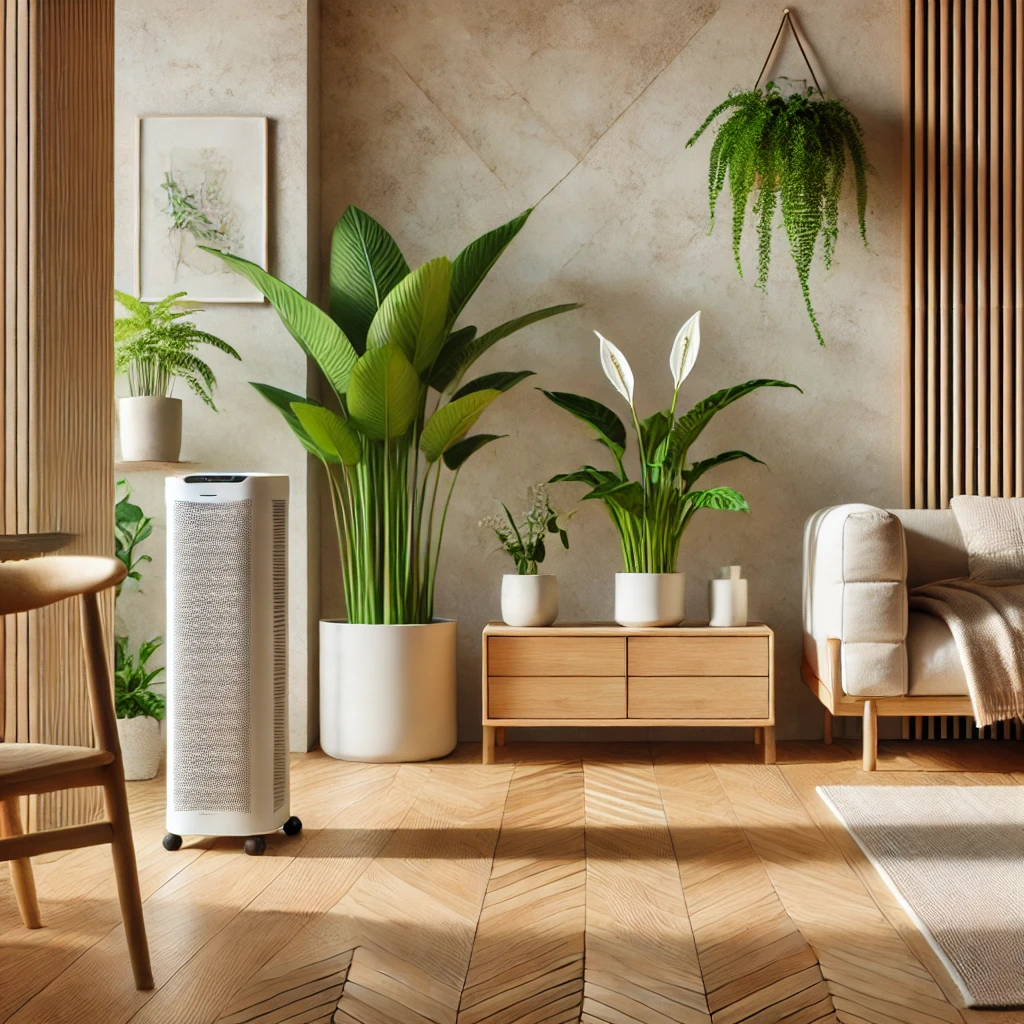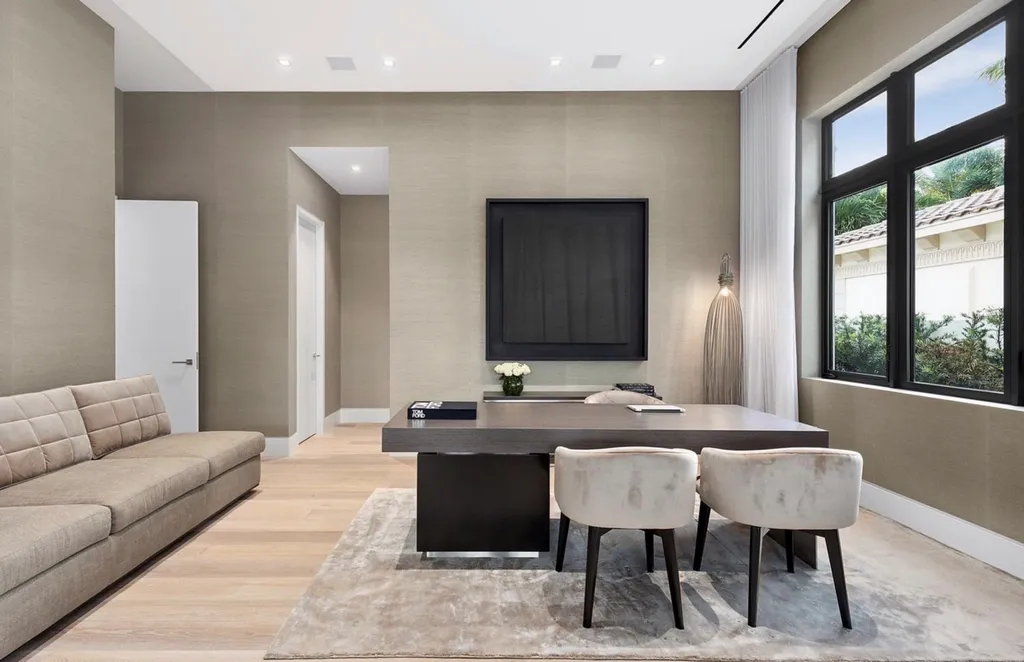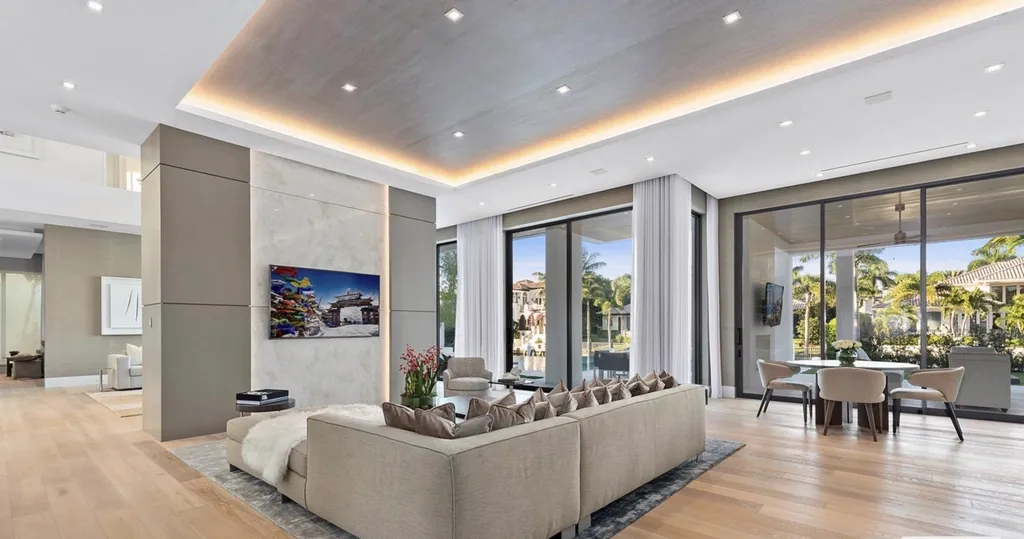For seven years, I unknowingly suffered from the devastating effects of mold toxicity. As an interior designer, my passion has always been to create beautiful, functional spaces that enhance well-being. But my own experience with mold-related illness opened my eyes to the hidden dangers in our built environments. Today, I advocate for the use of sustainable, non-toxic materials to create healthier living spaces.
The Wake-Up Call: Living with Mold Toxicity
Mold toxicity is a silent enemy. It took years of chronic fatigue, brain fog, respiratory issues, and mysterious health struggles before I finally discovered the root cause—my own home. Like many others, I was unaware that common building materials, adhesives, and finishes can harbor mold, releasing harmful mycotoxins into the air. My battle with this illness changed my approach to design forever.
Embracing Sustainable and Non-Toxic Materials
Recovering from mold toxicity required not just medical intervention but also a complete overhaul of my living environment. Through extensive research and collaboration with experts, I found that sustainable interior design is key to creating healthy, mold-resistant spaces. Here are some essential materials and strategies:
1. Natural and Breathable Materials
Using materials that promote air circulation and reduce moisture retention is crucial. Some top choices include:
- Lime-based plasters – Naturally mold-resistant and highly breathable.
- Solid wood furniture – Avoiding particleboard and MDF, which contain adhesives that trap moisture.
- Wool carpets and rugs – Naturally resistant to mold and free of harmful chemicals.
2. Low-VOC and Non-Toxic Finishes
Traditional paints, sealants, and adhesives often contain volatile organic compounds (VOCs) that contribute to poor indoor air quality. Choosing low-VOC or natural alternatives makes a significant difference:
- Milk paint and clay-based paints for walls.
- Water-based sealants and finishes instead of solvent-based options.
- Non-toxic adhesives to prevent off-gassing.
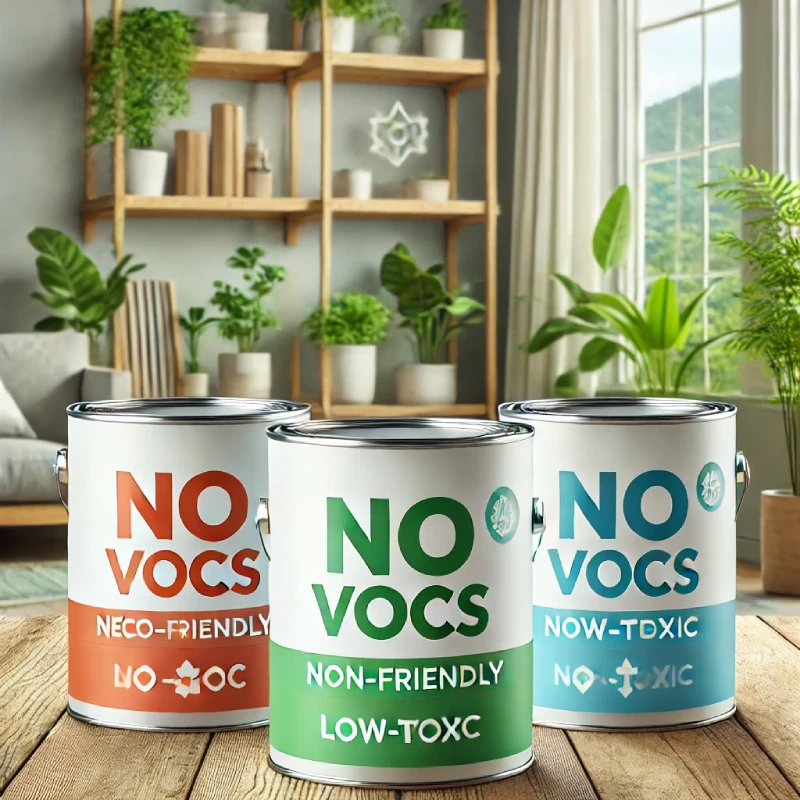
3. Sustainable Flooring Options
Carpet and synthetic flooring materials can trap moisture and promote mold growth. Opting for these alternatives can help:
- Cork flooring – Naturally antimicrobial and renewable.
- Bamboo flooring – Durable, moisture-resistant, and sustainable.
- Reclaimed wood – Provides a rustic, chemical-free option with minimal environmental impact.
4. Proper Ventilation and Humidity Control
No matter how sustainable your materials, moisture control is key to preventing mold. Some essential practices include:
- Installing HEPA air purifiers and dehumidifiers.
- Using mechanical ventilation systems to improve airflow.
- Choosing houseplants like peace lilies and ferns to naturally purify the air.
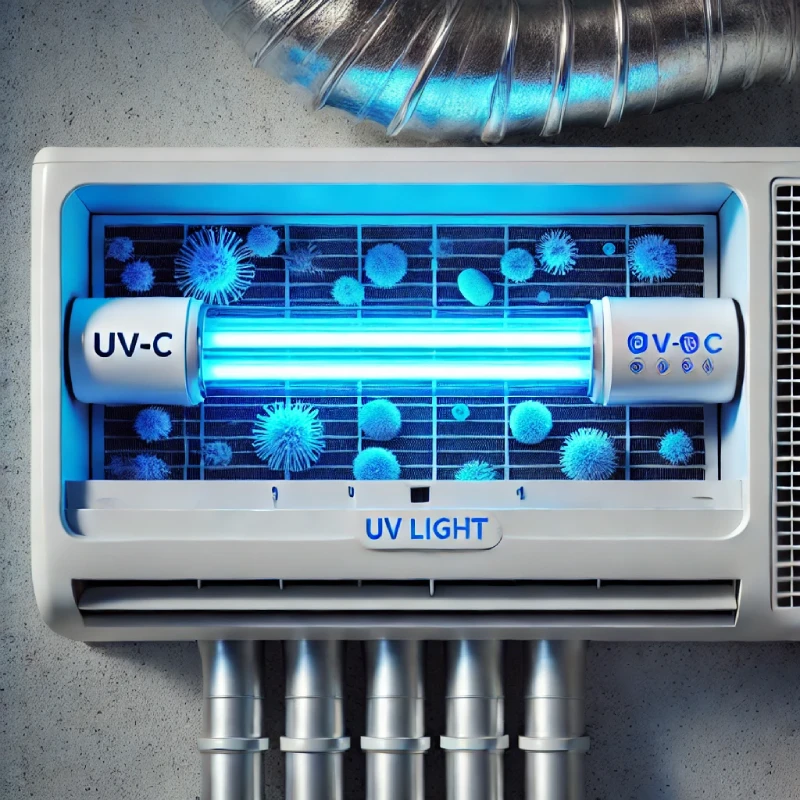
My Mission to Transform Interior Design
My personal experience with mold toxicity has fueled my mission to educate others on the importance of designing with health in mind. Sustainable interior design isn’t just about aesthetics; it’s about creating spaces that nourish, heal, and protect.
By choosing sustainable, non-toxic materials, we can make a profound difference—not just in our personal health but also in the well-being of the planet. If you’re considering a home renovation or redesign, I encourage you to explore healthier, eco-friendly alternatives. Together, we can redefine the future of interior design—one breathable, mold-free space at a time.
Are you looking to create a healthier home? Let’s design a space that supports your well-being and the environment!
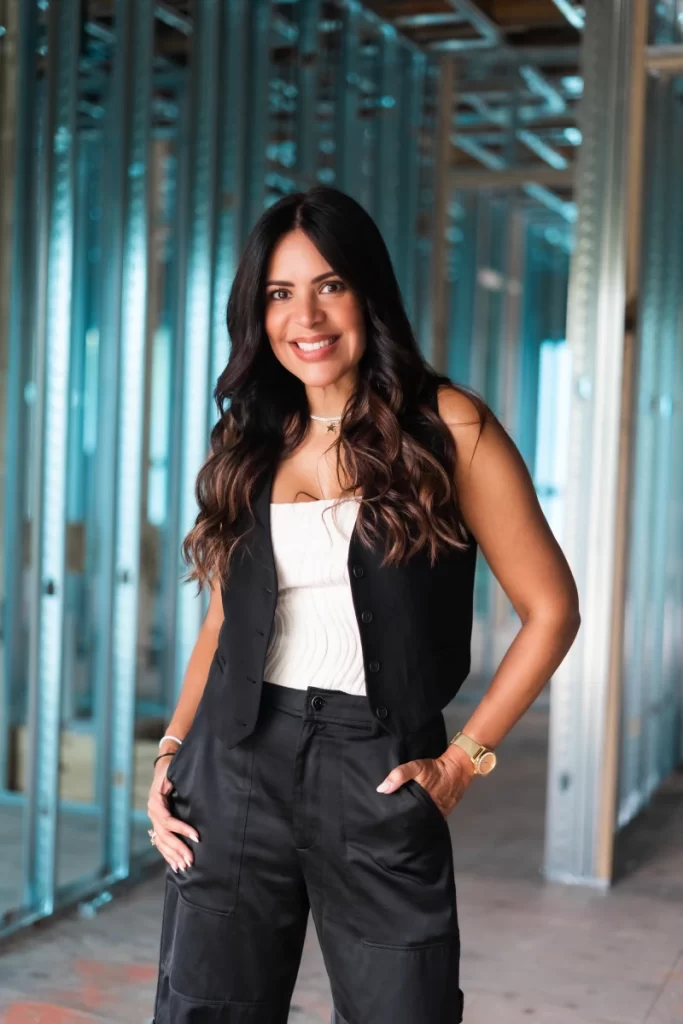
Get Started with AMAZED ID Today!
If you’re looking to transform your home into a luxurious, elegant retreat, contact AMAZED ID today, we are always reachable and on top of our projects.
Let’s create a space that reflects your taste, lifestyle, and aspirations.
Email us for a consultation:
sales@amazedid.com
